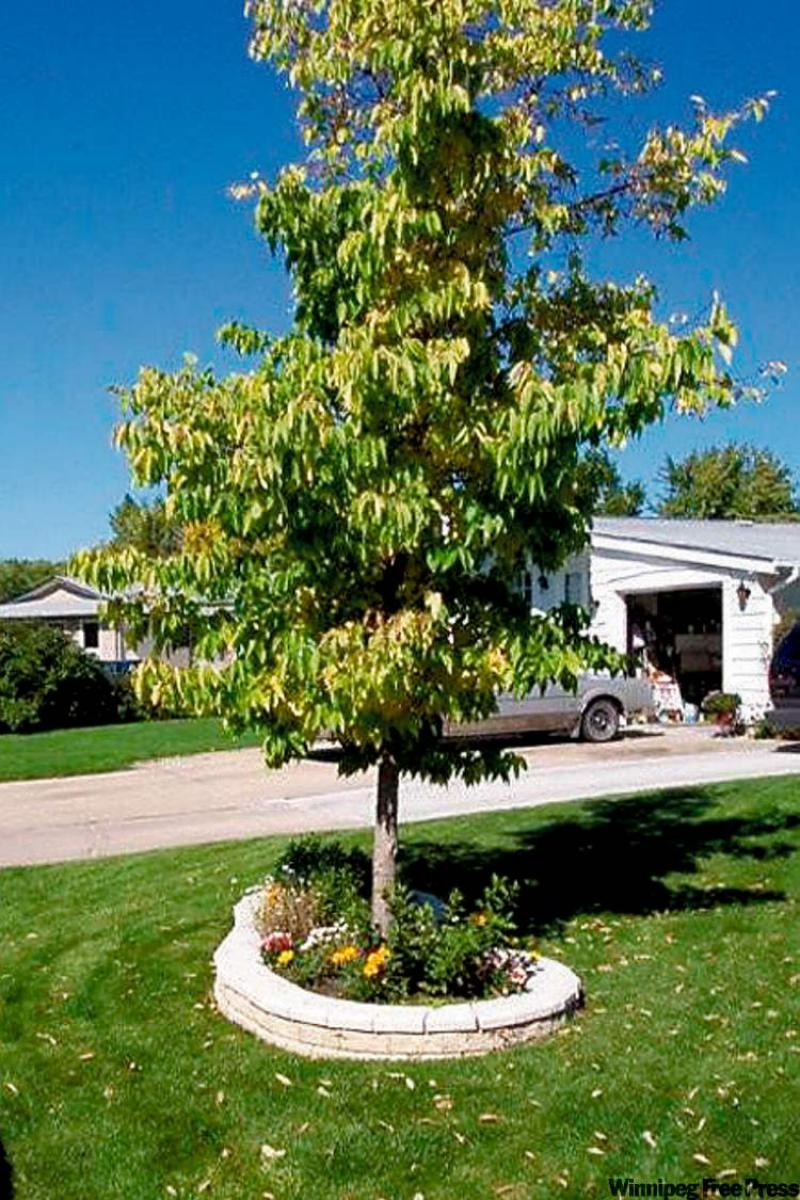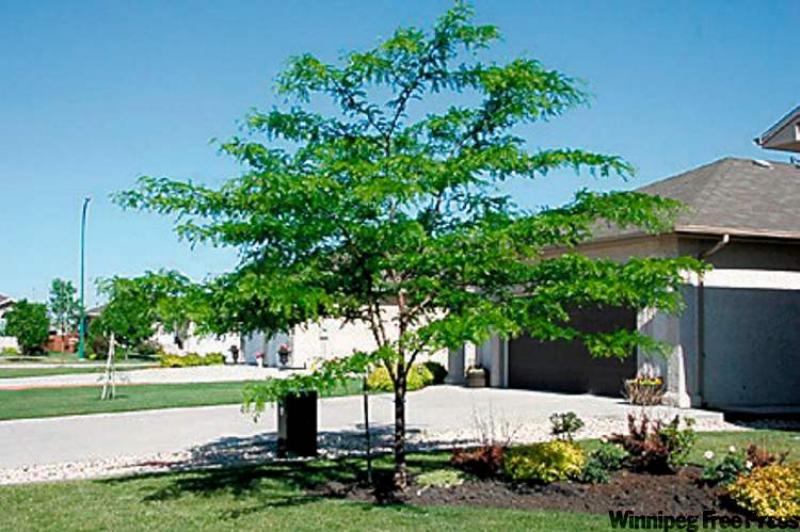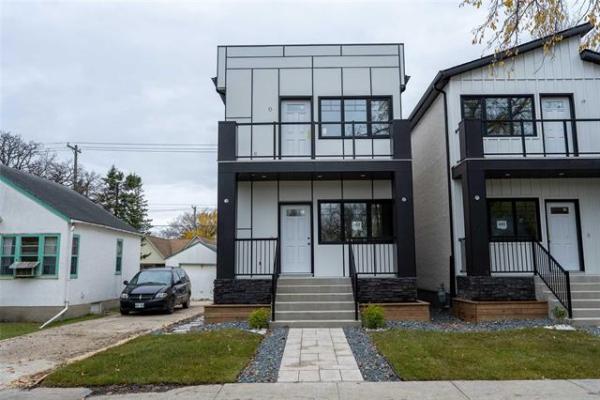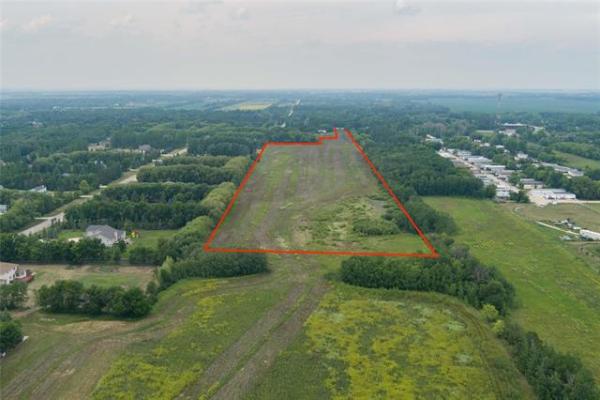

Every spring I get many calls and e-mails asking me what trees I would plant. I certainly have my favourites suitable for growing in southern Manitoba. Most of the ones listed are typically trees that have I find have the least number of problems. It should be remembered that all trees can have their problems under less than ideal growing conditions such as crowding by other trees and large shrubs, shading by buildings or adjacent trees, poor soil drainage, past construction into their root systems, excessive use of pesticides, and poor pruning practices.
Prairie people love coniferous evergreens, however so many of them get severe infections by diseases and/or severe infestations by insects and spider mites. Most coniferous trees do not naturally grow on clay soils. I have written about these problems many times in this column. This is especially true of Colorado blue spruce (Picea pungens) and Scots pine (Pinus sylvestris). I recommend the native eastern white cedar (Thuja occidentalis), Swiss stone pine (Pinus cembra), and native tamarack (Larix laricina). White cedar is naturally growing conical tree in open areas and seems to thrive on heavy clay soils. Swiss stone pine is the only pine species I know that grows well on clay soils in our area. It is a slow growing tree and definitely can not be crowded by other trees. It needs full sunlight for most of the day. Tamarack is not evergreen but produces golden coloured needles in the fall. It is a member of the coniferous or cone bearing trees such as spruce and pine. It grows well on clay soils.
My first preference for shade or deciduous trees is our native Hackberry (Celtis occidentalis). A cultivated variety call 'Delta' hackberry is available through some nursery and garden centres. It is not a tall tree on clay soils but it does produce a wide shade canopy. Its bark has a unique warty texture that I find very attractive. It is a perfect replacement for an elm killed by Dutch elm disease or a very large hybrid poplar variety that shows signs of disease causing decadence. These poplars grow fast but do not have a long life span.
Lindens (Tilia species) such as 'Dropmore' and 'Glenleven' make great intermediate sized trees as long as they are planted properly. Our native American linden or basswood (Tilia americana) needs a fair amount of space to grow as it is a tall growing tree. The linden flowers are very fragrant and they attract pollinating insects that are essential for many reasons for especially for nearby fruit trees and fruiting berry shrubs that may be on your property.
I am a fan of our native bur oak (Quercus macrocarpa) and have planted many of these trees in both gardens and natural areas. It is a majestic tree. Keeping grass herbicides from seeping into the oak root zone is essential in keeping it stress-free on lawn areas. Frequent application of these herbicides will result in significant growth and die-back problems for this otherwise very long-lived tree.
Interesting small trees that can be considered especially for smaller yards or small spaces in average yards are: Ohio buckeye (Aesculus glabra), honey locust (Gleditsia triacanthos), and Japanese tree lilac (Syringa reticulata 'Ivory Silk'). The buckeye produces a beautiful stalked flower in the spring. Honey locust has very small leaflets that provide very soft dappled shade. I believe the Freeman maple 'Autumn Blaze' variety will do very well in areas protected from strong north winter winds. This hybrid between red and silver maples will produce leaves having a distinct red colour in the fall. It is an intermediate sized tree that does not grow to the tall heights that the introduced silver maple does in our area.
I have a special interest and appreciation for the magnificent old native plains cottonwoods (Populus deltoides var. occidentalis) that grow along river banks in southern Manitoba. It is not a suitable tree for urban residential yards. It is the tallest-growing deciduous tree and can be one of the most massive trees that occur in our province. The Winnipeg area has many fine specimens growing along all our water ways. Be sure to visit the ones in McBeth Park.
American elm (Ulmus americana) is still one of my top favourites but Dutch elm disease continues to kill many thousands of these trees. Amazingly, a few giants are still with us especially my favourite elms in Whittier Park.
If you wish to find out more about these and other trees please contact me.
Michael Allen is a consulting urban forester and certified I.S.A. arborist and owner of Viburnum Tree Experts. He makes house and garden visits to assess tree and shrub problems. He can be contacted by calling 831-6503 or by e-mail at viburnumtrees@shaw.ca. You can also mail questions to Michael Allen, c/o Newsroom, Winnipeg Free Press, 1355 Mountain Ave., Winnipeg, MB, R2X 3B6. His web site is www.treeexperts.mb.ca



